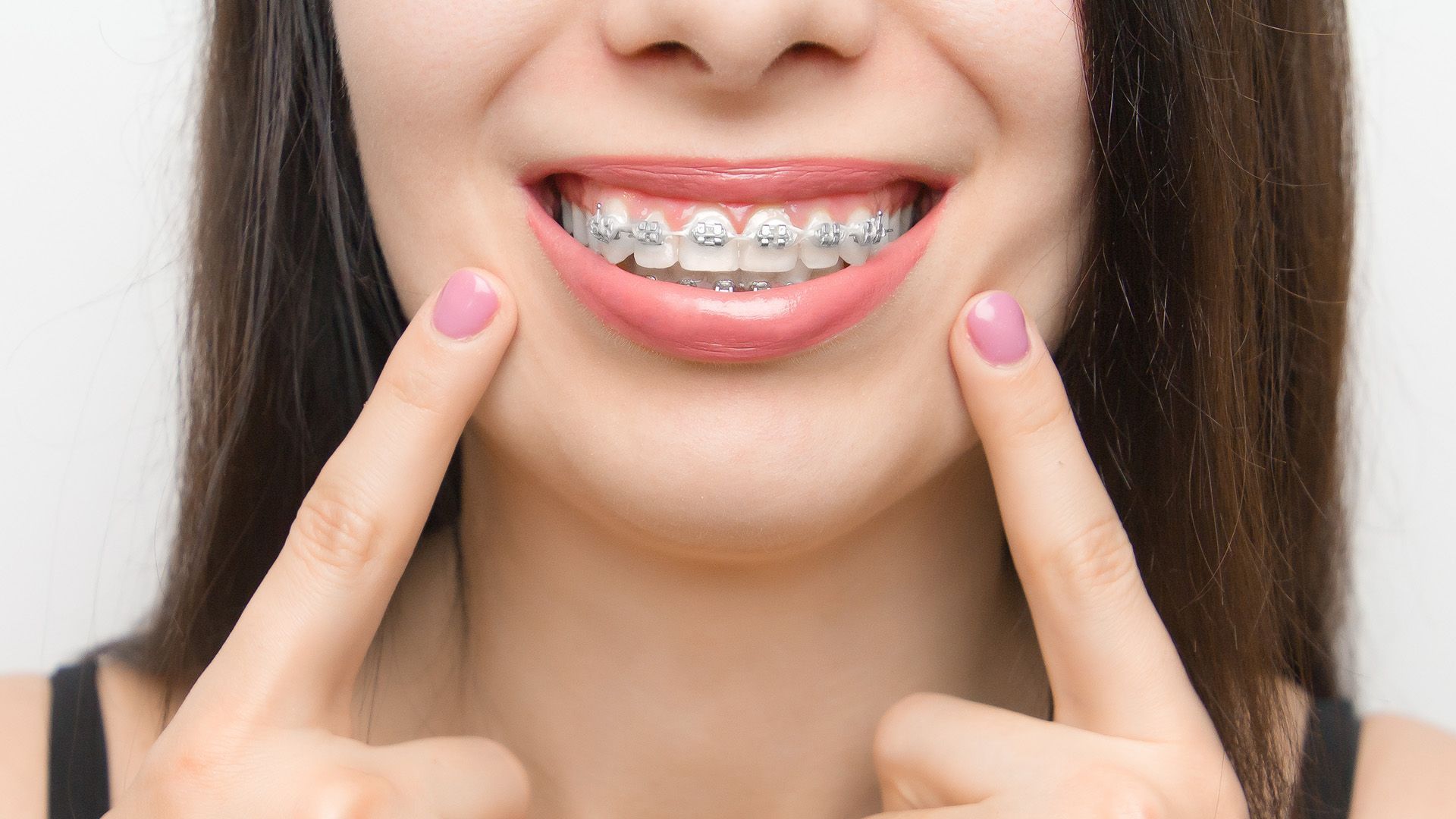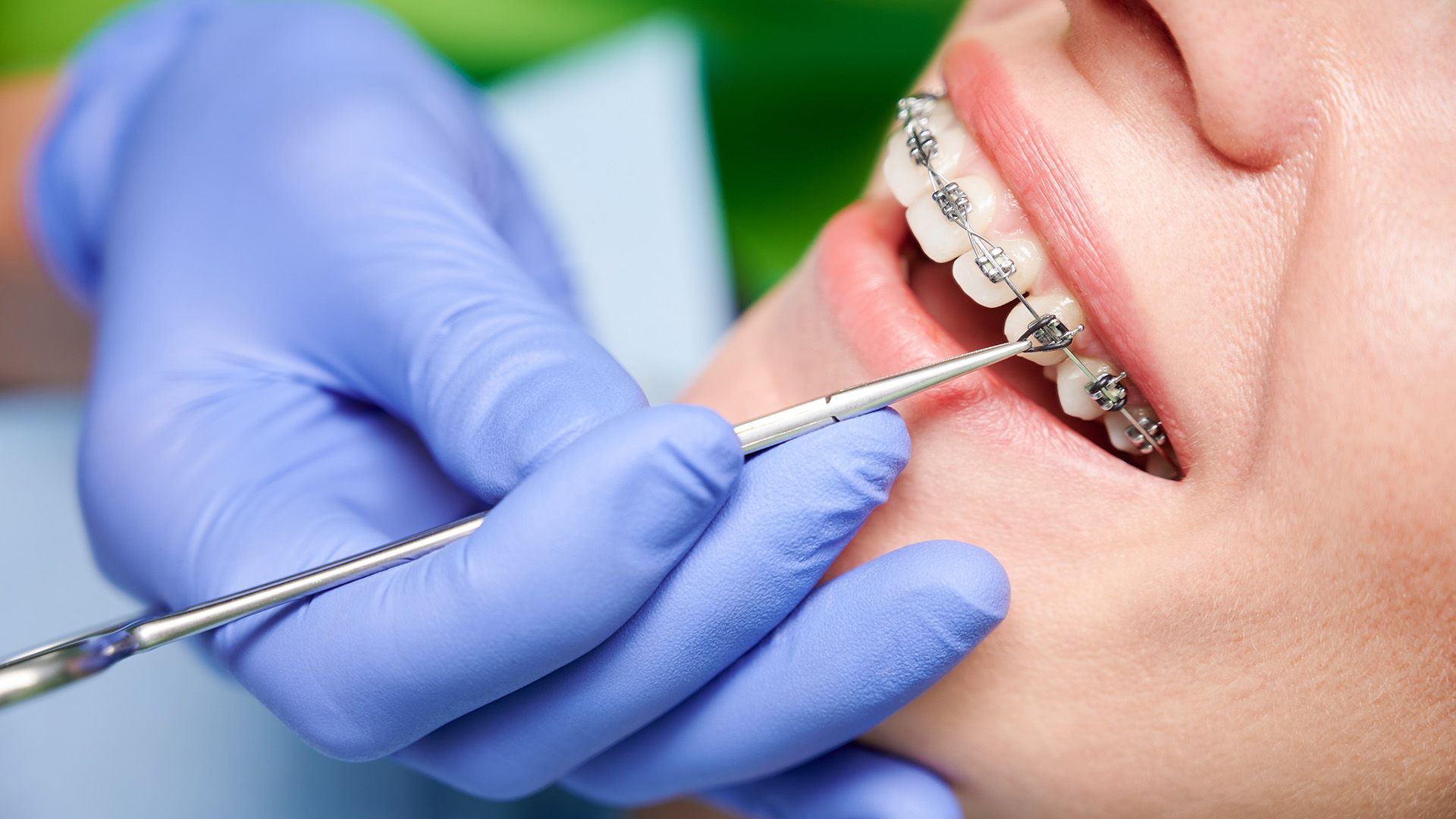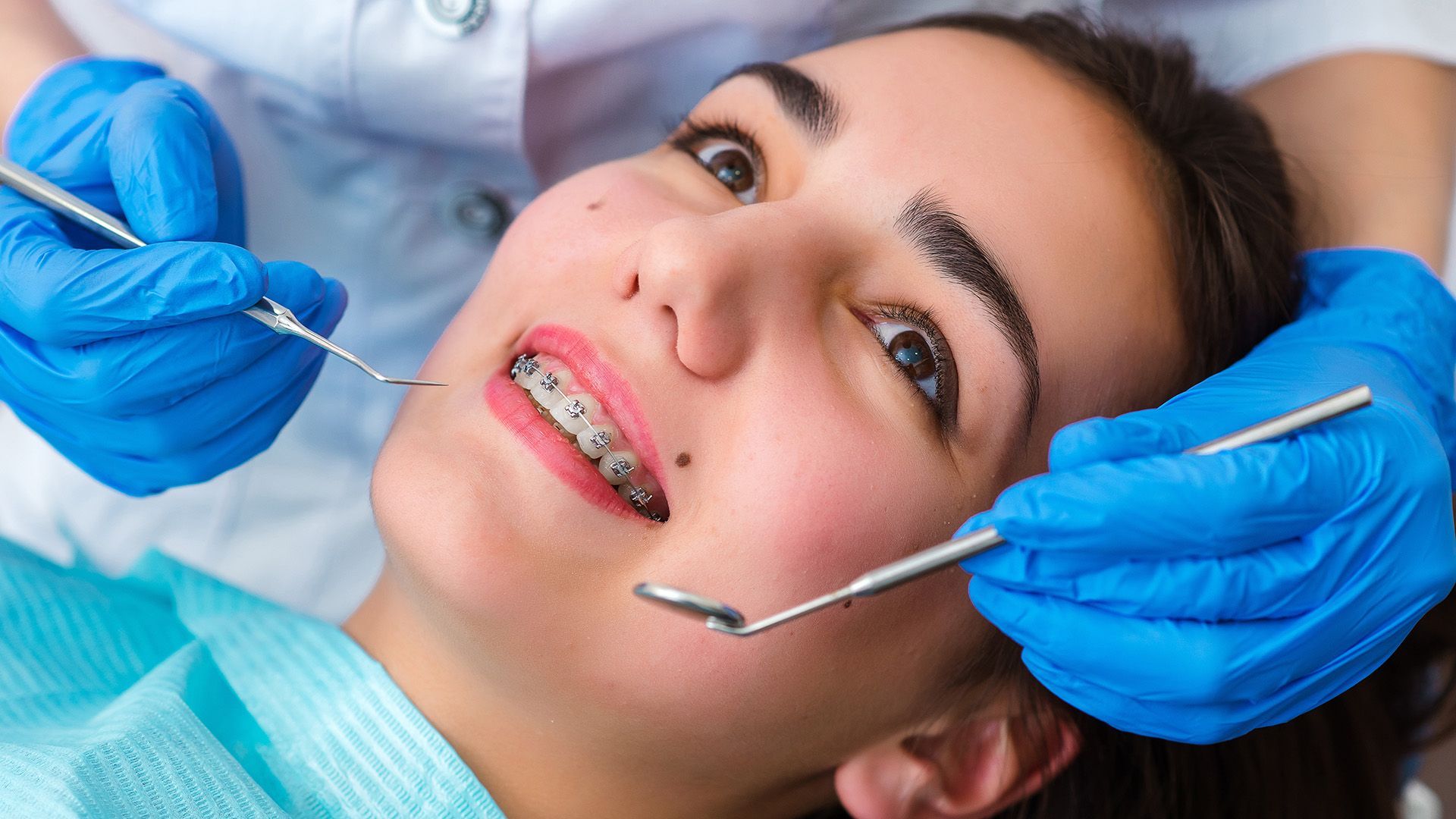How to Get Rid of Gaps in Teeth
Feeling self-conscious about the gaps in your teeth? You're not alone. Many individuals face spacing issues, which can impact confidence and oral health. Understanding how to get rid of a gap tooth effectively is crucial for achieving a radiant smile. In this guide, we’ll explore the various causes of tooth gaps, help you identify symptoms and potential complications, and discuss effective treatment options. We’ll also cover preventive measures to ensure your smile remains beautifully gap-free in the future. Let’s begin our journey towards a more confident you by understanding how to get rid of gaps in teeth.

Understanding Gaps in Teeth
Gaps in teeth, medically known as diastema, refer to spaces that can develop between two or more teeth. These gaps commonly occur between the upper front teeth but can also appear between molars or other teeth. Diastema can result from various factors, including natural growth patterns, dental misalignment, or habits like thumb sucking.
Genetics often play a significant role in tooth spacing and the development of gaps. If parents have diastema, their children might be more predisposed to similar spacing issues. Additionally, inherited traits such as tooth size, shape, and jaw structure can contribute to the formation of gaps. Understanding these factors is key to determining how do you get rid of gaps in your teeth effectively, whether through orthodontic solutions or other dental interventions.
Causes of Gaps in Teeth
Tooth gaps can arise from a variety of factors associated with natural dental development. During childhood, as jaws and teeth grow, uneven spacing might occur. These temporary gaps may close as adult teeth emerge. However, if gaps persist, identifying their causes becomes crucial to learning how to get rid of a gap tooth.
Tooth loss or extraction is another significant contributor to gaps. When a tooth is lost due to decay, injury, or other reasons, adjacent teeth might shift into the vacant space, creating additional gaps or misalignment, which affects both the appearance and functionality of the smile.
Gum disease can profoundly impact tooth alignment. Infected gums can recede, causing increased tooth mobility. As the support structures weaken, teeth may drift apart, leading to noticeable gaps. Maintaining good oral hygiene and seeking professional dental care can help prevent gum disease, thereby preserving your teeth's alignment and learning how to get rid of gaps in teeth.
Identifying Symptoms and Complications
Gaps in teeth can lead to aesthetic concerns, affecting an individual's confidence and self-esteem. Many feel self-conscious about their smiles, which might result in hesitation to engage socially or professionally. A beautiful, uniform smile is often associated with health and attractiveness, making it essential to address any visible gaps.
Beyond aesthetics, tooth gaps can impact oral health. They can create spaces where food particles get trapped, increasing the risk of plaque buildup and subsequent dental issues like cavities or gum disease. Misalignment caused by gaps can also lead to uneven wear on teeth and jaw discomfort, potentially resulting in severe complications if not addressed.
Monitoring symptoms related to tooth gaps and seeking professional help when necessary is crucial. If you notice widening gaps or experience pain, discomfort, or bite changes, consulting an orthodontist is advisable. Early intervention can prevent further complications and restore both function and aesthetics to your smile. Understanding how do you get rid of gaps in your teeth can lead to effective solutions tailored to your unique dental needs.
Effective Treatment Options
There are several effective treatment options available for addressing tooth gaps, helping you achieve a more confident smile. Orthodontic treatments, such as braces, are among the most common methods. Braces gradually shift teeth into their proper positions, effectively closing gaps and aligning your bite. Whether you choose traditional metal braces or more discreet options like ceramic braces or clear aligners, orthodontic treatment can significantly enhance both the aesthetics and function of your teeth.
In addition to orthodontics, cosmetic dentistry solutions offer a range of treatments designed to enhance your smile. Teeth whitening, for instance, can complement other procedures to ensure your teeth not only fit well together but also look their best. Cosmetic contouring can help reshape your teeth, while dental crowns can cover larger gaps and provide a uniform appearance.
Dental bonding and veneers are also popular choices for closing gaps. Dental bonding involves applying a tooth-colored resin to the affected area, seamlessly filling gaps and imperfections. Veneers are thin porcelain shells that cover the front surface of your teeth, providing an immediate transformation. Both options are effective in creating a natural look while enhancing your smile's overall appearance, helping you understand how to get rid of gaps in teeth.
Preventive Measures for Gaps in Teeth
Maintaining good oral hygiene is crucial in preventing tooth gaps. Brushing at least twice a day and flossing daily removes plaque and food particles that can lead to tooth decay and gum disease. When teeth are compromised by decay, they can shift or loosen, creating unwanted gaps. Using an antibacterial mouthwash can also enhance your oral care routine, ensuring your gums remain healthy and supportive of your teeth.
Regular dental check-ups and cleanings are vital for catching early signs of gaps or misalignment. Visiting your dentist at least twice a year allows for professional monitoring of your oral health. During these visits, your dentist can identify any issues that may lead to gaps forming and provide treatment options before they become more serious. Cleanings help remove tartar buildup, which contributes to gum disease and tooth movement.
Addressing habits that cause gaps is essential. Common habits like thumb sucking, tongue thrusting, or excessive teeth grinding can negatively impact dental alignment over time. If you or your child have these habits, it's important to discuss them with your dentist. They may recommend specific exercises or appliances to help mitigate these behaviors, ensuring your teeth remain properly aligned and free from gaps.
Frequently Asked Questions
A common question is whether gaps in teeth can close naturally over time. In some cases, especially in children, this can occur as their jaws grow. However, as individuals age, gaps are less likely to close on their own and may require professional treatment to achieve the desired results.
When considering treatments for tooth gaps, it’s important to understand the associated risks. While orthodontic procedures are generally safe, potential risks include discomfort during treatment, temporary bite changes, and, in rare cases, root resorption. Consulting with a qualified orthodontist can help mitigate these risks and ensure the best outcome for your dental health.
During an orthodontic consultation, you can expect a thorough evaluation of your teeth and jaws. The orthodontist will take X-rays and photographs to assess your specific situation. They will discuss your treatment options, such as braces or aligners, and help you understand how do you get rid of gaps in your teeth. This initial visit is crucial for creating a personalized treatment plan that meets your needs and goals.













